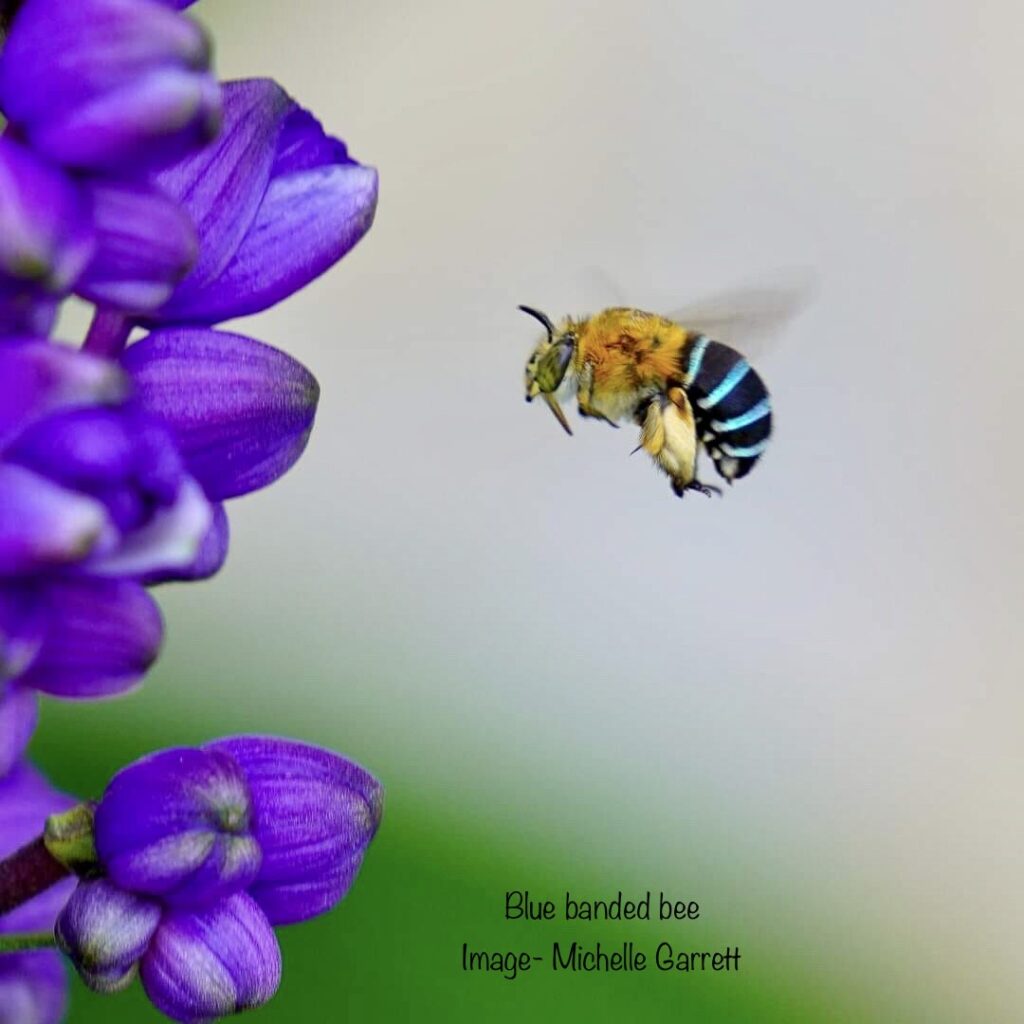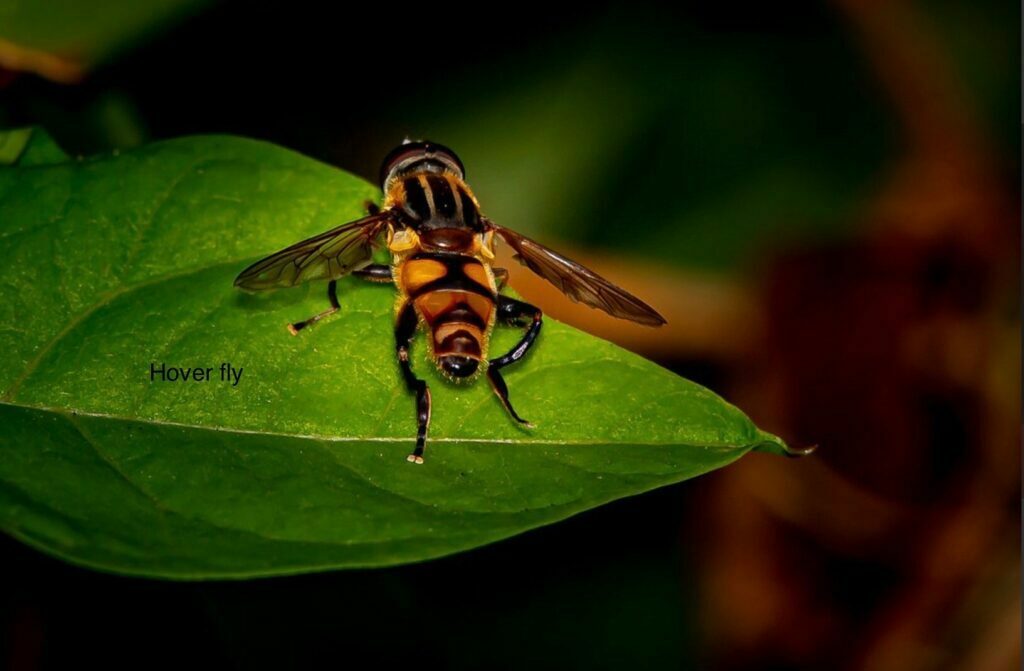Out and about in nature – Spring
Welcome to Spring! Out here at Living Strong Nature Journaling we don’t go by calendar months, we go by nature. We know spring has sprung when the googah (goanna) and eastern water dragons wake up. When the fireflies begin to find a mate and their glow can be seen in the forest flickering across the darkness of the night (male fireflies’ light signals their desire for mates. Also, willing females attract males with flashes of their own). The light of a firefly is a chemical reaction caused by an organic compound – luciferin– in their abdomens. As air rushes into a firefly’s abdomen, it reacts with the luciferin. Consequently, it causes a chemical reaction that gives off the firefly’s familiar glow.
Spring is when plants sprout, flowers bloom, birds lay eggs and animals give birth. Basically, spring is the time that nature is reborn. The cycles of nature are all connected and we, as humans, are connected to these important cycles. One very important process which intensifies during spring is pollination. I would like to introduce you to some local native pollinators in our area to keep your eyes open for.
Over millions of years flowers have evolved a remarkable range of strategies to guarantee that male pollen is transferred to female parts of the flower. Insects – especially bees and wasps, butterflies, moths, beetles and flies are the predominant animal pollinators. They have physical characteristics that make them extremely efficient in locating flowers and transferring pollen from one flower to another.
Blue-banded bees (Amegilla species), an Australian native bee, is about 11 mm long and have bands of metallic blue fur across their black abdomens. Blue-banded bees are solitary bees. This means that each female bee mates and then builds a solitary nest by herself. She builds her nest in a shallow burrow in clay soil or sometimes in mudbricks.
Blue-banded bees are buzz pollinators (European honey bees do not buzz pollinate). Some flowers hide their pollen inside tiny capsules. A Blue-banded bee can grasp a flower of this type and shiver her flight muscles, causing the pollen to shoot out of the capsule. She can then collect the pollen for her nest and carry it from flower to flower, pollinating the flowers. Quite a few of our native Australian flowers require buzz pollination such as Hibbertia, Dianella and Senna. Many crops are buzz-pollinated, including tomatoes, potatoes, eggplants, capsicum, chillies, tomatillo and cranberries.
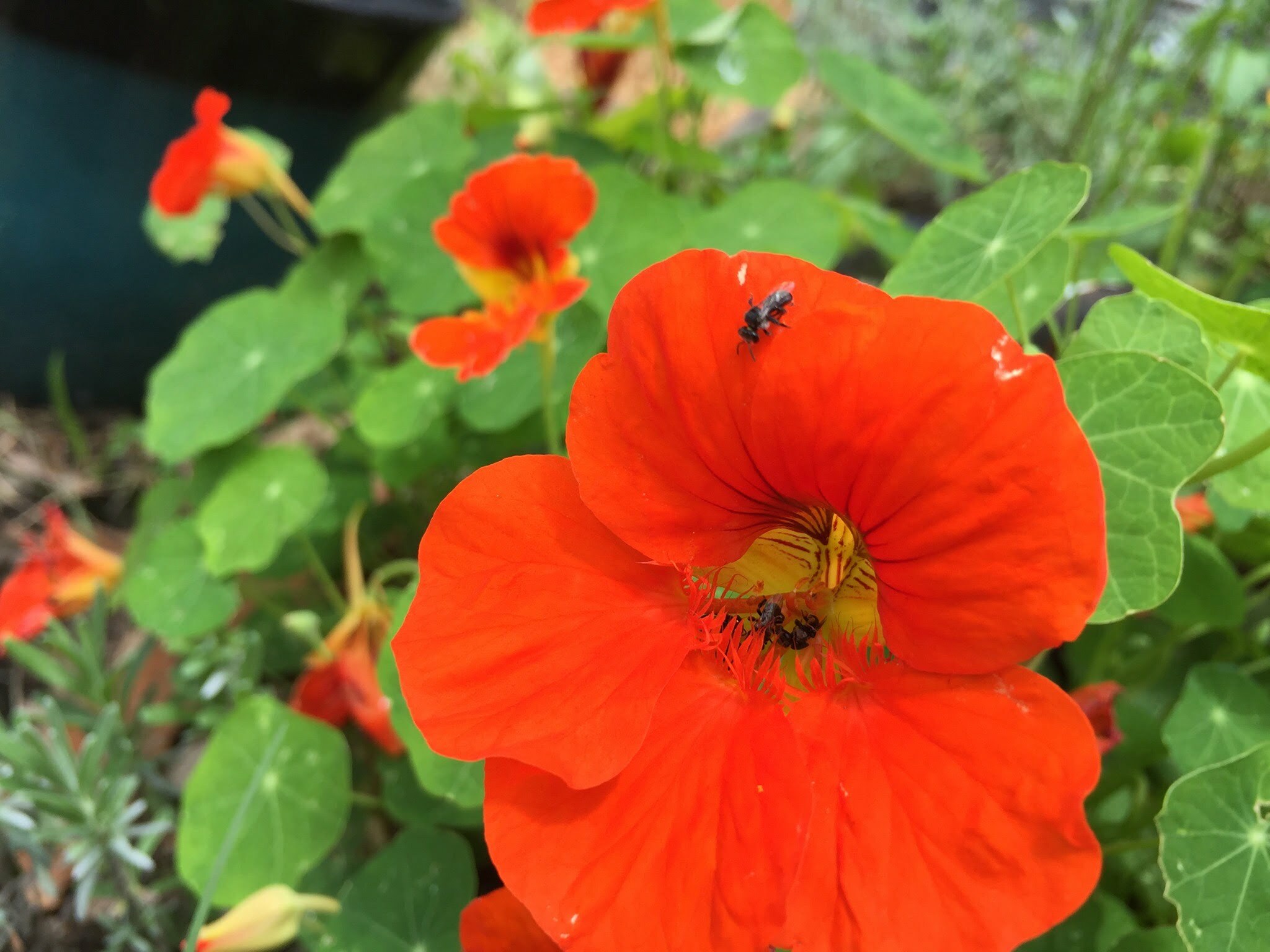
Image © Living Strong Nature Journaling
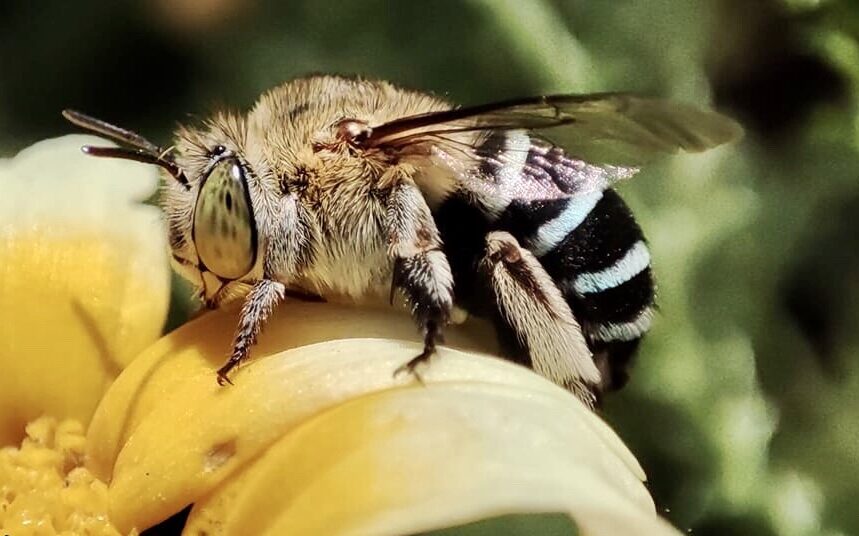
Image © Emily Lapedota
Another Australian native bee is – Tetragonula carbonaria (Sugarbag bee). They are small, stingless, dark bees which form colonies in tree hollows and other cavities. They are one of the few species of native bee that forms large social nests. The stingless bee’s nest is usually made in the trunks of large trees and can contain several thousand bees. Constructed from a waxy substance secreted by workers and resin collected from trees, the nest has a spiral-shaped honeycomb centre. Stingless bees have been shown to be valuable pollinators of crops such as macadamias, mangos, watermelons and lychees. They may also benefit strawberries, citrus, avocados and many others. We have many local native bee species which are important for pollination of native flora species. See if you can find some in your garden.
Hover flies have a characteristic flight pattern – hovering in one spot, moving suddenly forwards or sideways, then hovering again. Hover flies are small to medium sized flies with large heads, large eyes, and small or inconspicuous antennae. Hover fly mimicry of wasps can include having a warning colouration of yellow and black, a narrow waist like a wasp and even the ability to mimic the stinging action of a wasp, by pushing the tip of the abdomen into your fingers if they are caught and held. However, they do not sting and are quite harmless.
Hover flies may appear in large numbers during hot weather. They linger in gardens to feed at flowers and to seek shade. Many species perform the useful role of ridding the garden of aphids, as they lay their eggs in aphid colonies and the larvae (maggots) feed on the aphids.
They are considered the second most important pollinator next to wild bees. They pollinate many plants and help keep aphids under control.
The last local pollinator I’d like to introduce you to is the flying-fox. Love them or hate them, these nocturnal pollinators are attracted by the sweet nectar of native flowers and are essential to the survival of healthy ecosystems and, in turn, humans. Flying-foxes can be absolutely covered in pollen and are essential in the health of native forest ecosystems and as pollinators.
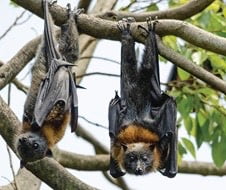
Pollen sticks to their furry bodies and as they crawl from flower to flower, and fly from tree to tree, they pollinate the flowers and aid in the production of honey. This reinforces the gene pool and health of native forests. High mobility also makes flying foxes very effective as seed spreaders. Because flying- foxes are highly mobile, seeds can be moved locally and over great distances. When seeds are able to germinate away from their parent plant, they have a greater chance of surviving and growing into a mature plant. Seed dispersal also expands the gene pool within forests. Mature trees then share their genes with neighbouring trees of the same species and this transfer strengthens forests against environmental changes. In our local area we have a colony of grey-headed flying-foxes. The grey-headed flying-fox is sadly under threat in NSW and Australia, due mostly to loss of habitat and heat stress as well as entanglement in power lines, netting and barbed-wire fencing.
Next time you see these smelly, noisy mammals – please understand how important they are for your survival.
So this spring, get outside and slow down to take note of some of the small and large pollinators helping to bring food to your table and provide us with a healthy ecosystem and fresh air to breathe.
Come and connect to country with us, slow down and discover more of our local flora, fauna and bush foods out at Living Strong Nature Journaling, Bundabah. Send an email to livingstr8ng@gmail.com for bookings and information about the activities we run.

